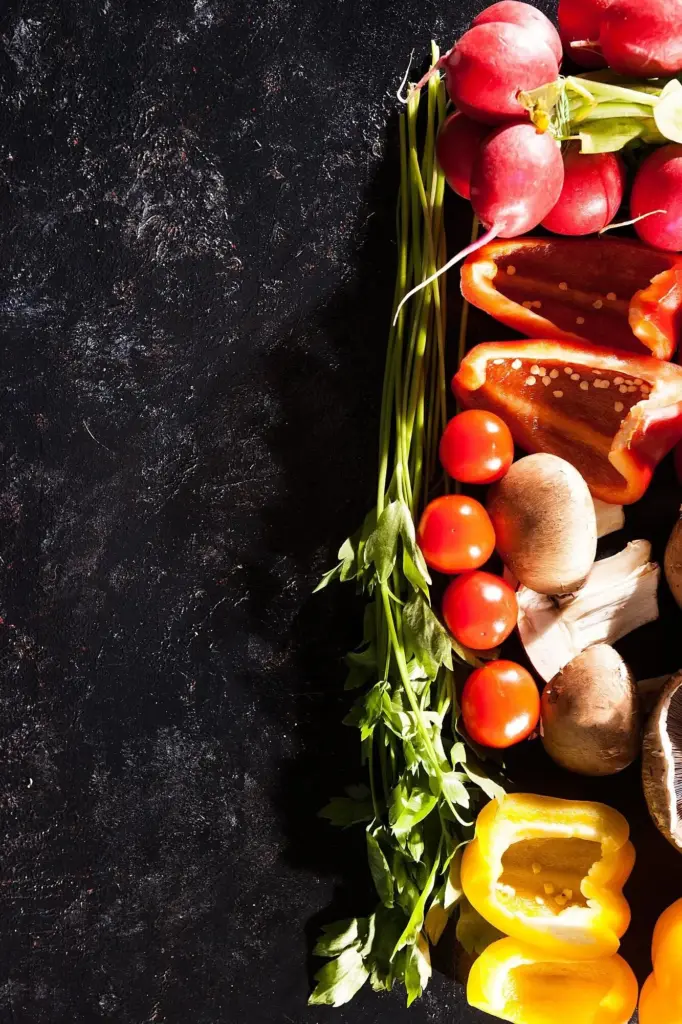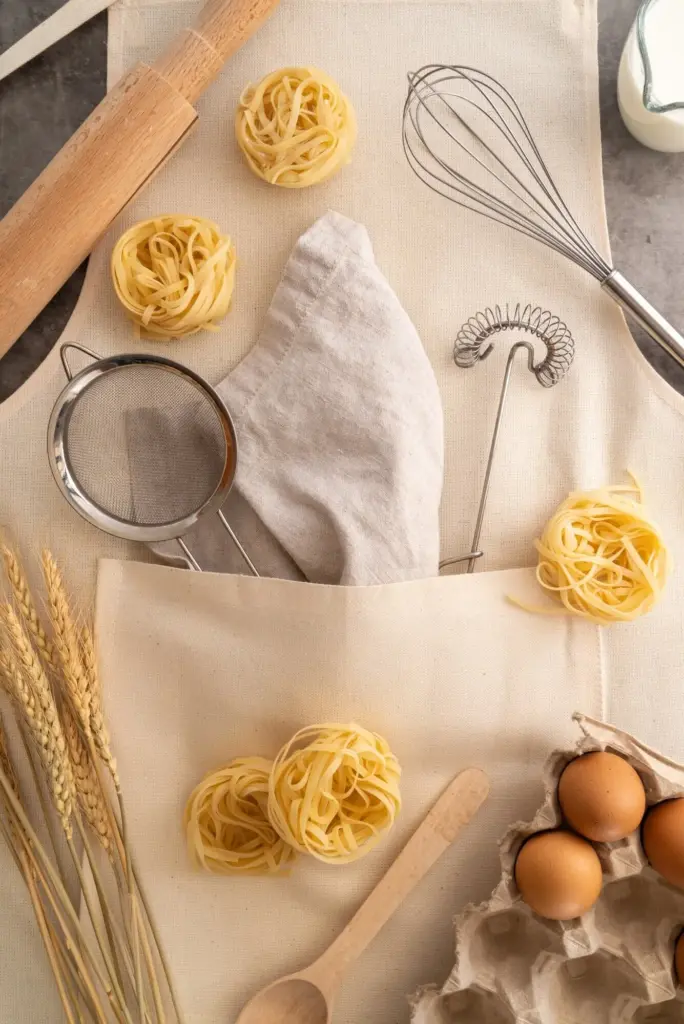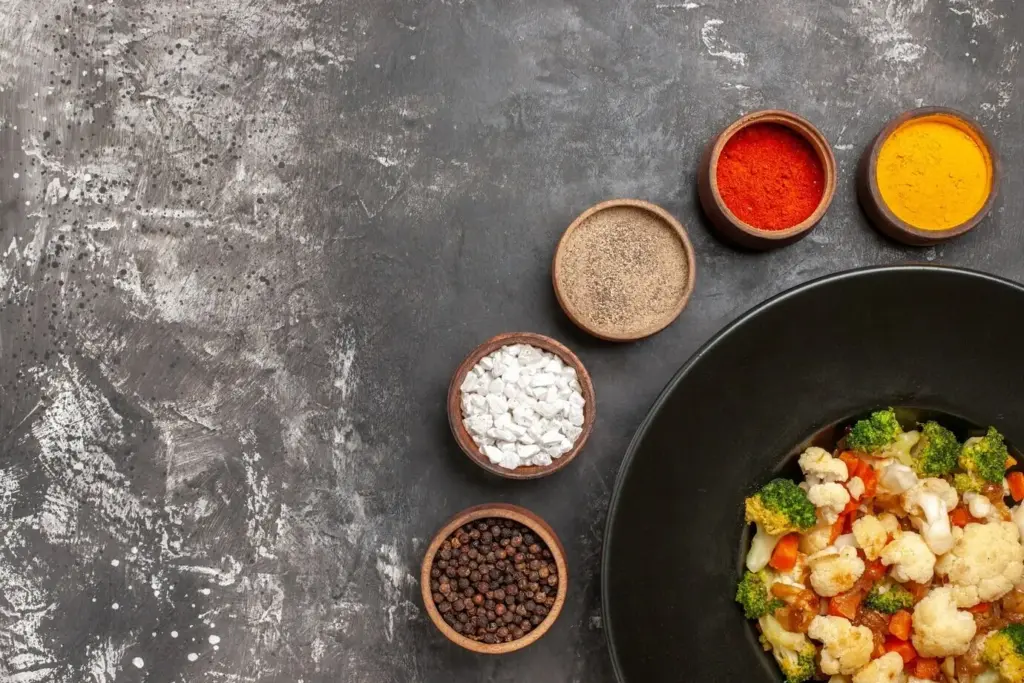Feeding a Crowd Without Breaking the Bank
Smart Budgeting That Actually Works
Set a Per-Person Target
Pick a number guests can’t taste but your wallet will appreciate, then allocate it across proteins, sides, drinks, and extras. Add a small buffer for late RSVPs and hearty appetites. Track kids separately if portions differ, and let dietary needs guide substitutions that maintain balance without inflating costs or complicating your timeline.
Track Hidden Costs
Ice, charcoal, propane, lighter fluid, foil pans, napkins, condiments, and last-minute grocery runs quietly inflate totals. List them early, assign realistic amounts, and buy in bulk where possible. Borrow coolers and serving tongs from friends. A tiny prevention checklist beats an expensive emergency dash, especially when lines are long and sale bins are empty.




Menu Strategies That Stretch Every Dollar
Shopping Tactics and Vendor Savvy
Compare Unit Prices Like a Pro
Use your phone calculator and note per-ounce or per-pound costs instead of headline prices. Factor in waste, trimming, and marinade absorption. Sometimes smaller packages beat cases if less goes unused. Document prices in a simple sheet so each future event begins with accurate benchmarks and you steadily refine your shopping instincts.
Leverage Community Resources
Ask neighbors to lend coolers, folding tables, or chafers. Many communities have tool libraries or shared gear groups. Churches, clubs, and teams might loan beverage dispensers or canopy tents. In exchange, offer leftover sides or share your favorite marinade recipe. Collaboration lowers expenses while growing a supportive network for future gatherings.
Time Purchases for Maximum Freshness
Buy shelf-stable items early, freeze proteins safely, and schedule produce pickups closest to event day. Pre-wash hearty greens and chill fruit the night before. Stagger bread and ice purchases to avoid melting or staling. Thoughtful timing reduces waste, preserves texture, and ensures your best deals still taste like they cost a fortune.
Cooking Logistics for Large Crowds






